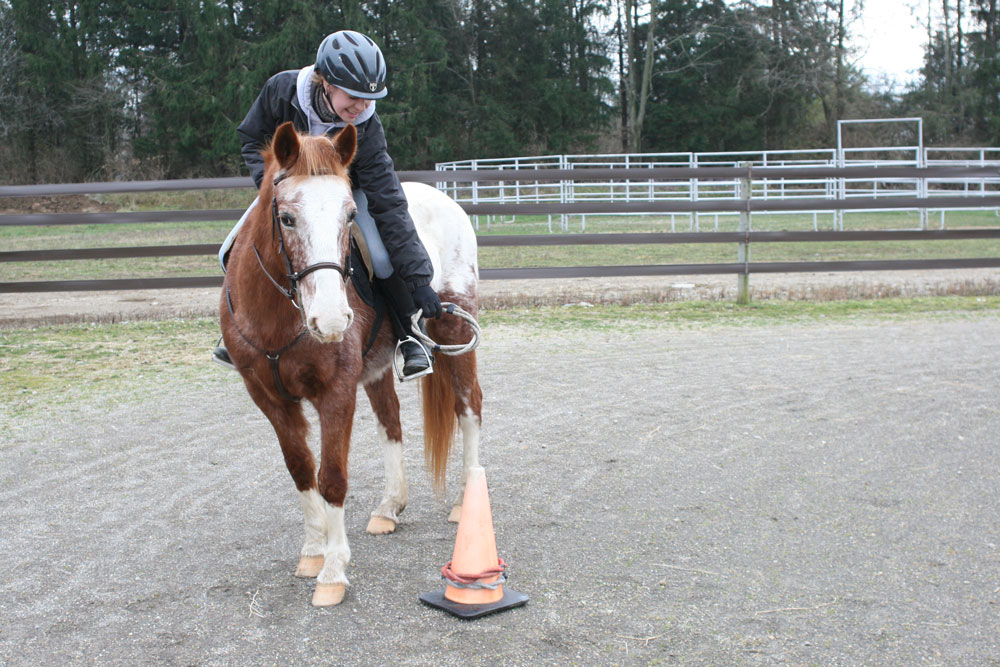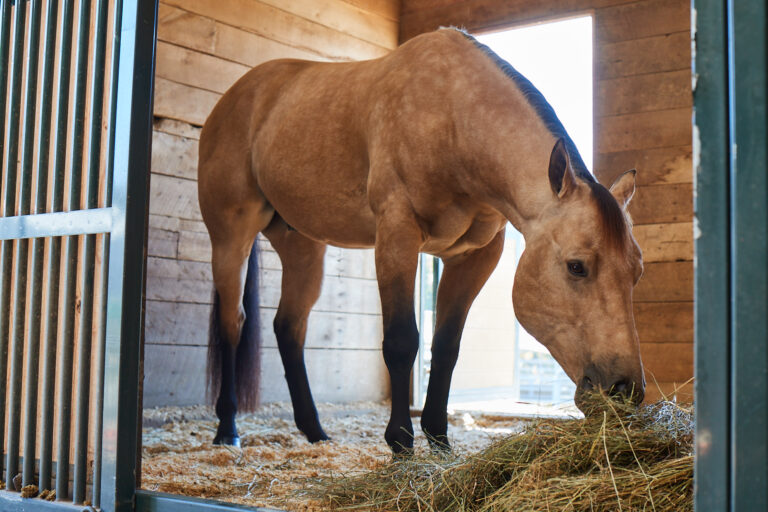
Horses perform equestrian activities based on an owner/rider’s schedule and athletic pursuits. One study sought to investigate the level of stress experienced by horses in a variety of recreational activities as a basis for ensuring welfare [Dlugosz, B.; Prochniak, T.; Stefaniuk-Szmukier, M.; et al. Assessment of changes in the saliva cortisol level of horses during different ways in recreational exploitation. Turk J Vet Anim Sci 2020, vol. 44, pp. 757-762; doi:10.3906/vet-2003-57].
The study examined 68 horses that were divided into groups according to the type of recreational activity, the type of horse, age, gender and type of saliva collection. Saliva samples were obtained at 6 a.m., 6 p.m., and immediately after each horse’s exercise activity.
Typically, salivary cortisol is lowest before noon and highest in the nighttime hours. Cortisol can also be influenced by weather, stable management and transport. The authors state, “Stress may occur when numerous negative psychological factors are present, including disruption of natural biological rhythm by changing the hours of training, a high monotony level of work, and unprofessional handling and grooming, which can cause discomfort and pain.”
Recreational activities varied between jumping, dressage, lesson, lunging, riding out, reining, driving and hippotherapy. Recreational riding had no effect on the circadian rhythm of saliva cortisol. Young horses had higher cortisol concentrations in all recreational pursuits. With age and skill level, it is likely that horses cope best with demands of recreational activities.
The study identified that the type of recreational activity affects cortisol release. Dressage, jumping, harness and reining horses have the highest level of cortisol, especially dressage due to intense postural demands to carry out movements. Driving and lunging activities were also associated with elevated cortisol but less so than dressage, jumping, harness and reining, whereas schooling and hippotherapy had limited effects on cortisol. Young horses further have elevated cortisol concentrations that persist to the evening, possibly because they are still learning skill sets and must cope with the stress of new tasks.









